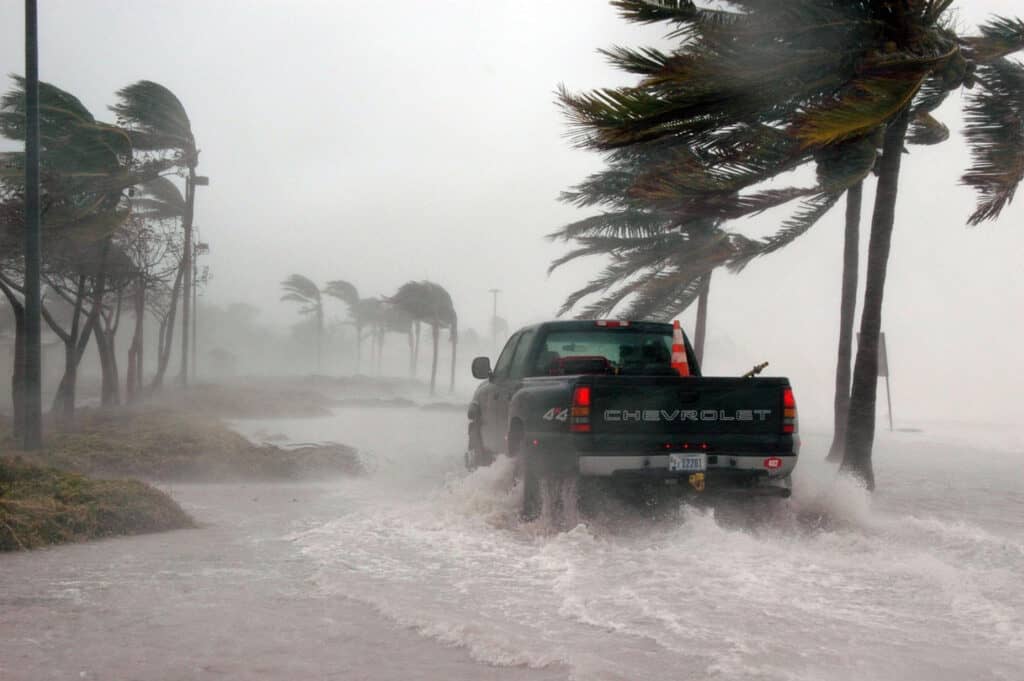Prepare Now for Hurricane Season
Posted on Aug 29, 2025
If you live anywhere near the East or Gulf Coast, hurricanes are a fact of life. But just because a hurricane is inevitable doesn’t mean you should be complacent.
In honor of National Hurricane Preparedness Week, here are some facts you should know about hurricanes and steps to prepare for the next hurricane season.
Facts about hurricanes
According to the National Oceanic and Atmospheric Administration (NOAA):
- The Atlantic hurricane seasons peaks in late summer, but it lasts from June 1 to Nov. 30.
- The right side of a hurricane is often the most destructive.
- Winds can extend as far as 300 miles from the center.
- The size of a hurricane is not an indication of its intensity. A small but strong hurricane can cause as much damage as a large but weak one.
- In a three-year period, an average of five hurricanes hit the U.S. Two of them are severe.
- Hurricanes typically form in the Atlantic and Pacific tropics because they require warm water to form (at least 79 F).
- The eye of a hurricane is relatively calm with no clouds. It’s the area around it, the eye wall, that’s the most dangerous. The eye wall is a ring of clouds and thunderstorms surrounding the eye.
- A hurricane watch means hurricane force winds are possible. A hurricane warning means hurricane force winds are expected. A watch is issued 48 hours before the anticipated onset, while a warning is issued 36 hours before.
- The mean annual damage from hurricanes in the U.S. is $9.5 billion, adjusting for inflation and the increase in value of household goods.
Steps to prepare for hurricane season
The best time to prepare for hurricane season is now. Here are eight hurricane preparation tips from Ready.gov to get you started:
- Learn your hurricane risk. Even if you don’t live in a coastal area, you could be affected. Rain, wind, water and tornadoes can occur hundreds of miles from the eye of the storm.
- Create an emergency response plan for your family and make sure everyone in your household understands it. Consider your office, kids’ day care and/or school, and anywhere else you may find yourself during a storm. Remember to account for your pets and anyone who may need special assistance.
- Create a disaster preparedness kit. Include basic medications, disinfectants, first-aid supplies, nonperishable food and water. Remember, you may not have access to your belongings for a while after a hurricane.
- Make sure your house is up to code. Check for issues such as overhanging branches or missing roof tiles. Install hurricane shutters if you live in a high-risk area.
- During hurricane season, stay informed. If you see a hurricane warning, follow the advice of your local authorities. They will provide instructions based on the threat to your community.
- Sign up for wireless emergency alerts from the Federal Emergency Management Agency (FEMA). You can also purchase an NOAA radio.
- Store important documents like IDs, birth certificates and marriage certificates in a password-protected digital space.
- Purchase flood insurance if you don’t already have it.
The importance of flood insurance
The biggest threat to inland areas when a hurricane hits is flooding. Hurricanes can cause rains exceeding 6 inches. And just 1 inch of water can cause $25,000 in damage, according to FEMA.
However, floods aren’t covered under homeowners or renters insurance. You need a separate flood insurance policy to cover flood damage. You can buy it through the National Flood Insurance Program or a private insurer.
Ask your agent to help you find the right policy for your needs.














